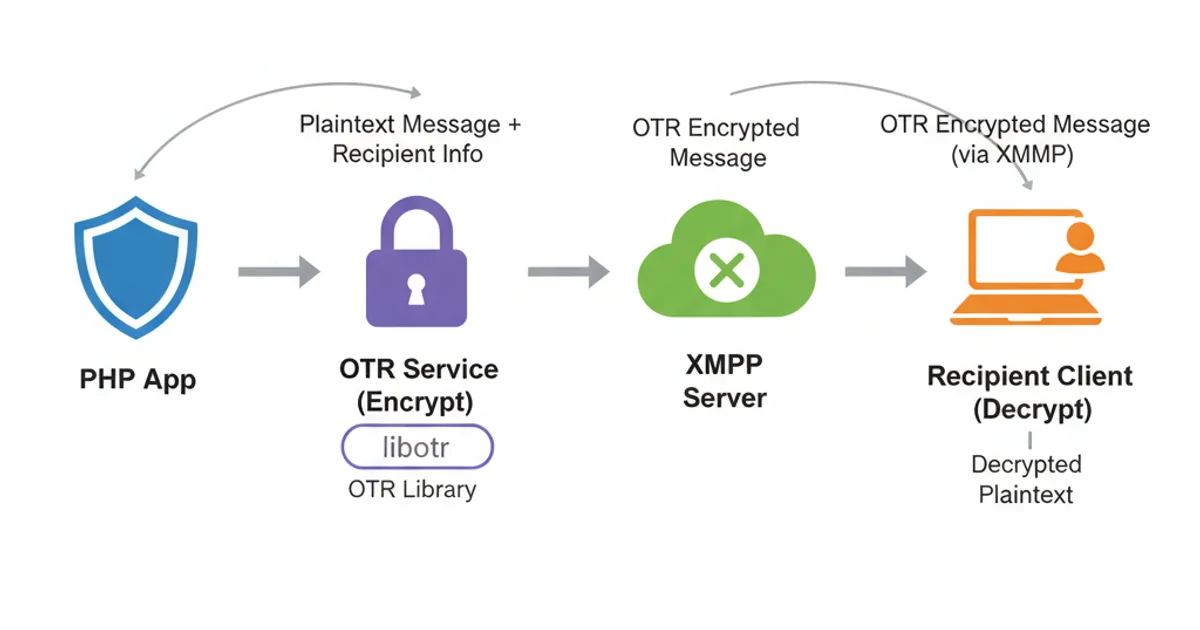how to restrict bootstrap date picker from future date
Categories:
How to Restrict Bootstrap Datepicker from Future Dates

Learn to configure Bootstrap Datepicker to prevent users from selecting future dates, enhancing data integrity for historical inputs.
The Bootstrap Datepicker is a versatile component for web forms, but often you need to enforce specific date selection rules. A common requirement, especially for forms dealing with historical data like birth dates or event logs, is to prevent users from selecting a future date. This article will guide you through the process of configuring the Bootstrap Datepicker to restrict future date selections, ensuring data accuracy and improving user experience.
Understanding the endDate Option
The Bootstrap Datepicker provides a powerful option called endDate that allows you to set the maximum selectable date. By dynamically setting this option to today's date, we can effectively restrict users from picking any date beyond the current day. This is a client-side restriction that works seamlessly with the datepicker's UI.
<div class="input-group date" id="datepicker">
<input type="text" class="form-control" placeholder="Select Date">
<span class="input-group-addon">
<i class="glyphicon glyphicon-calendar"></i>
</span>
</div>
Basic HTML structure for integrating Bootstrap Datepicker.
Implementing the Restriction with JavaScript
To apply the future date restriction, we'll use JavaScript (specifically jQuery, as Bootstrap Datepicker relies on it) to initialize the datepicker and set the endDate option. We'll get the current date and format it correctly for the datepicker. The format option is crucial here, as it dictates how the date is parsed and displayed.
$(document).ready(function() {
// Get today's date
var today = new Date();
// Initialize the datepicker with endDate set to today
$('#datepicker').datepicker({
format: 'mm/dd/yyyy',
autoclose: true,
endDate: today
});
});
JavaScript code to initialize the datepicker and set endDate to today's date.
Handling Timezones and Date Formats
When working with dates, especially new Date() in JavaScript, it's important to be mindful of timezones. The new Date() object creates a date based on the client's local timezone. For most client-side restrictions, this is acceptable. However, if your application has strict timezone requirements, you might need to adjust the date using server-side logic or more advanced JavaScript date libraries.
Also, ensure that the format option in your datepicker initialization matches the desired input and display format. Common formats include mm/dd/yyyy, dd-mm-yyyy, or yyyy-mm-dd.

Workflow for restricting future dates in Bootstrap Datepicker.
Advanced Scenarios: Disabling Specific Dates or Ranges
While endDate is perfect for restricting future dates, the Bootstrap Datepicker offers other options for more granular control:
startDate: To restrict past dates.datesDisabled: To disable an array of specific dates.daysOfWeekDisabled: To disable specific days of the week (e.g., weekends).
These options can be combined to create complex date selection rules tailored to your application's needs.
By following these steps, you can easily implement a robust restriction on future date selections in your Bootstrap Datepicker. This not only improves data quality but also guides users towards valid inputs, leading to a better overall user experience.